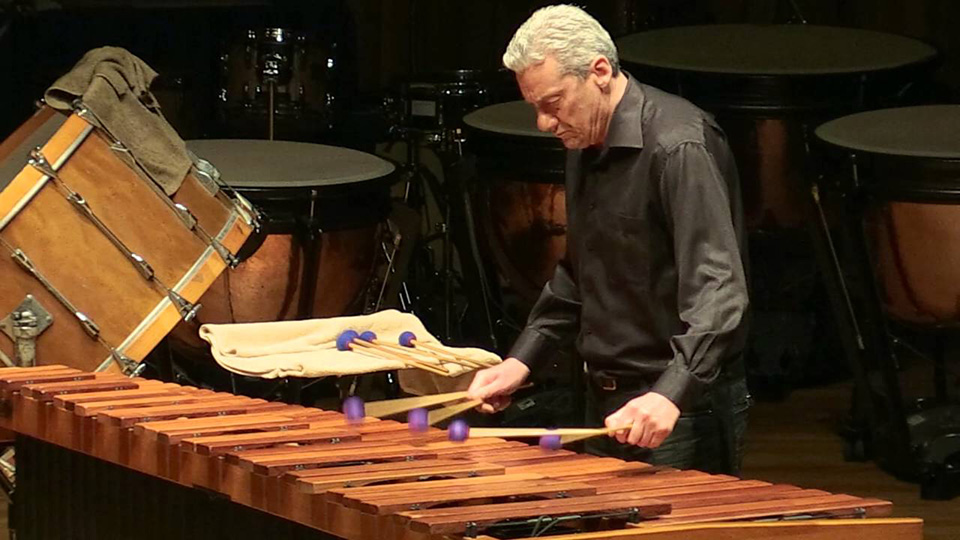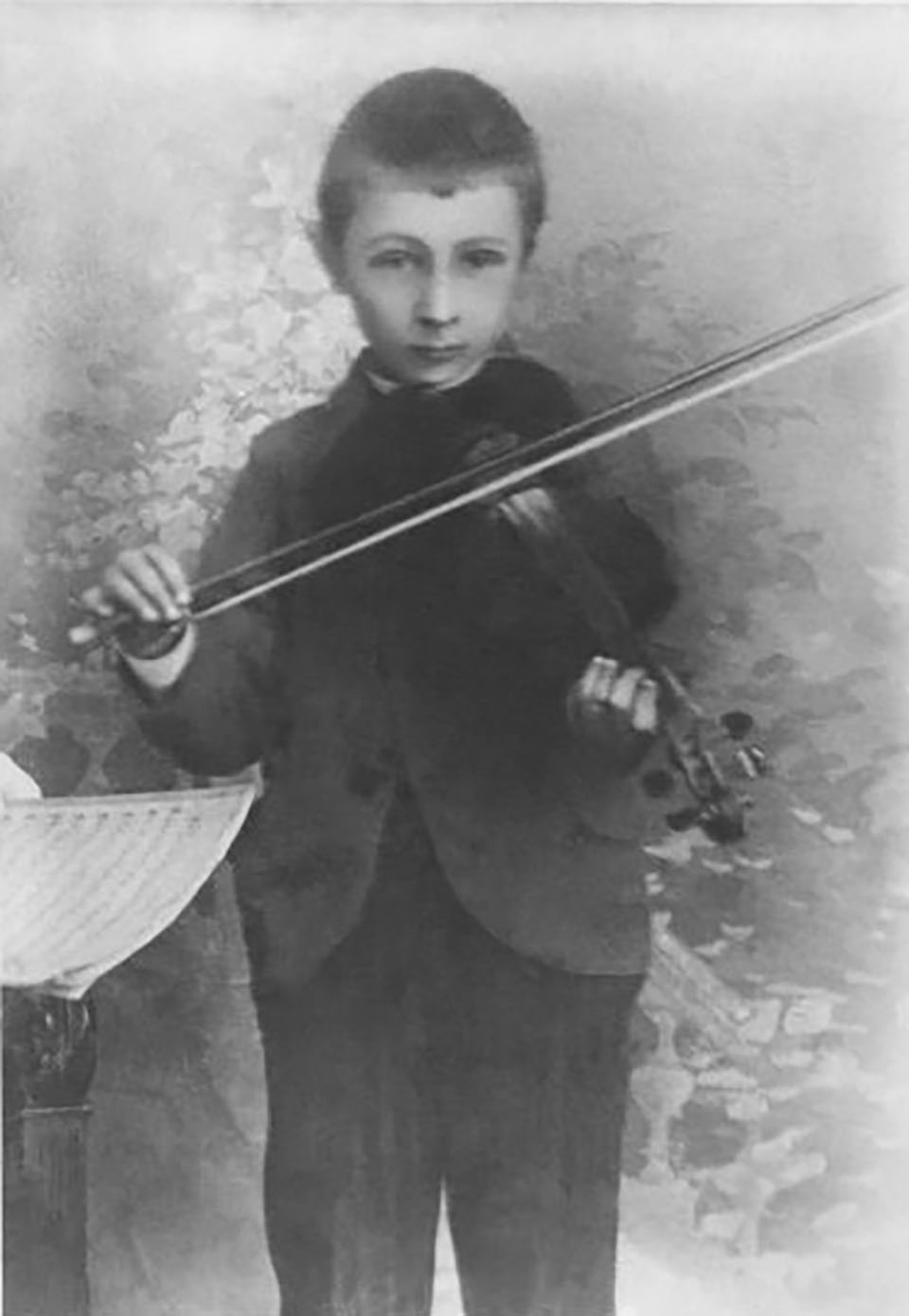
I suppose if you are a tennis enthusiast, our title this week might remind you of the Tennis Championships at Wimbledon, first held in 1877 and traditionally played every summer over two weeks in late June and early July. Wimbledon is a large, sprawling suburb in south-west London, containing a modest town of the same name, and lying about seven miles from the centre of the capital. I used to live nearby and often went for a Sunday stroll on Wimbledon Common. With an area of more than a thousand-acres, Wimbledon Common is the largest expanse of public heathland in London and not far from the famous tennis courts.
In the H. G. Wells novel, The War of the Worlds, some of the Martian invasion force landed in Wimbledon, though the book doesn’t reveal whether the Martians had an interest in tennis. You might recall the slightly bizarre tale about the radio version of The War of the Worlds, broadcast over the CBS Radio Network in 1938. It was directed and narrated by Orson Welles and evidently caused a panic among some of the more gullible listeners who assumed that a real Martian invasion was happening. Anyway, I’m not going to write about Martians, or even about tennis, but about the musical form known as a “double concerto”. And I am sorry if this news comes as something of a disappointment, but that’s how life is sometimes.
The infamous radio broadcast was before my time, but the radio played a significant part of my childhood and teenage years. We didn’t have a television because in those days, the nearest transmitter was too far away to receive a recognizable picture. Our music room was instead dominated by a large radio set, or “wireless” as my parents preferred. It was about the size a refrigerator and was encased in a resplendent rosewood cabinet. Standing imperiously on its matching wooden cupboard, the yellow tuning dial glowed magically after dark. I loved to pour over the radio’s luminous dial at the names of distant cities. The evocative names of Kaliningrad, Stavanger, Prague, Hilversum, Leningrad and Tallinn entranced me, and I sometimes wondered whether there were other teenagers like me in those faraway places, also gazing with fascination at a radio tuning dial.
My favourite station was the BBC Third Programme, considered by some of my acquaintances as being suitable only for geriatric fuddy-duddies or maiden aunts who knitted tea cozies. It was nothing of the sort of course, being the country’s leading source of culture and dedicated to educated, discerning listeners. Almost all my early classical musical discoveries came from The Third Programme. The concerts often included rarely-performed works, or music by less well-known composers. Thanks to The Third Programme, I discovered the music of that brilliant but under-rated Czech composer Bohuslav Martinů. His music excited me tremendously because it was just so different from the dominant musical styles of the time. Martinů was an individualist, and it came through in his music. The first piece I heard was his Third Cello Sonata, which enthralled me so completely that the next day I splashed out all my modest pocket money to buy the record.
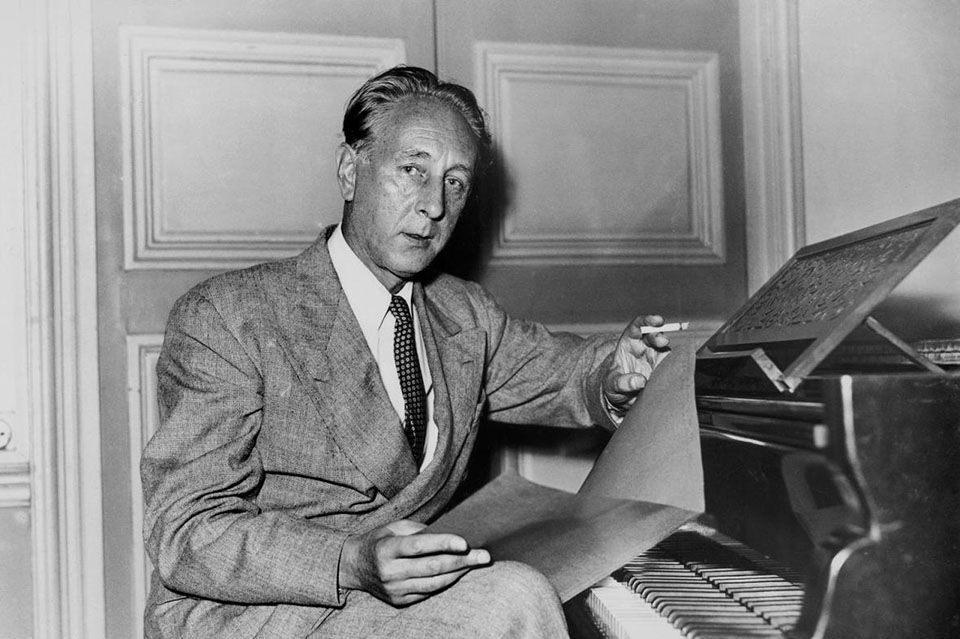
Bohuslav Martinů (1890-1959): Concerto for Violin, Piano and Orchestra H 342. Josef Špaček (vln), Miroslav Sekera (pno), Prague Radio Symphony Orchestra cond. Petr Popelka (Duration: 27:07; Video: 1080.50p HD)
In case you’re wondering, the “H” number refers to the catalogue of Martinů’s vast output, compiled some years ago by the Belgian musicologist Harry Halbreich. And a “double” concerto, at the risk of stating the obvious, is a work written for two solo instruments and orchestra rather than one. The instruments might be the same, as in Bach’s wonderful Double Violin Concerto or different, as in the Brahms Concerto for Violin, Cello and Orchestra. It was a common form during the Baroque, but later fell out of favour. Mendelssohn wrote three double concertos and there are only about two dozen others in the entire repertoire. To save you asking, there are a few triple concertos, as in Beethoven’s Triple Concerto for Violin, Cello, Piano and Orchestra. Vivaldi wrote a Concerto for Four Violins in B minor but quadruple concertos are rare beasts indeed. While in Switzerland in 1938, Martinů wrote a Double Concerto for Two String Orchestras, Piano, and Timpani. He was one of the most prolific composers of the 20th century with an over-powering compulsion to compose. He wrote six symphonies, fifteen operas, fourteen ballet scores, thirty concertos and an enormous quantity of other music. His music is often characterized by harmonic brilliance, angular melodies, motor-like rhythms and a sense of driving energy.
This engaging double concerto was composed in1953, when the composer was living in New York. It opens with a typical Martinů chugging motion, wandering between D major and D minor with fragments of melody drifting around as though searching for a home. Then at 05:55, another archetypal Martinů moment: blazing and triumphant bright colours from the brass in a major key. The piano takes up the initial theme and is joined by the violin for another characteristic Martinů searching melody. The music fairly scuttles along with continual figurations on the piano and violin, until the opening of the movement is reprised. There’s an incredible wealth of invention in the music, sparkling colours and a captivating sense of joie de vivre. The sense of ensemble is impeccable: just listen to the thrilling end to the first movement at 08:25 and the precision of the playing.
The contrasting second movement (08:45) transports the listener into a sound-world of rich, sonorous harmonies. Fragments of melody float past until a noble Beethoven-like theme emerges on the piano. It’s memorable music and full of melodic interest but as it progresses (14:12) it becomes intensely agitated and anxious. These troubled moods are quickly admonished; the serene melodies of the opening return and the movement ends peacefully in a radiant C major. The finale (17:06) is packed with energy and the contrasting moods are interspersed with strangely haunting moments. These abrupt changes of mood and hints of discomfort are never far away in Martinů’s music and probably reflect his own troubled and complex personality. Even so, the music is tremendously engaging: sometimes it simmers with expectation; sometimes it boils with exuberance. The coda or closing section (25:27) is thrilling and brings the work to a joyous conclusion.

Emmanuel Séjourné (b. 1961): Double Concerto for Vibraphone, Marimba and Orchestra. Emmanuel Séjourné (vib), Elina Endzele (mar), Latvian National Symphony Orchestra cond. Guntis Kuzma (Duration: 30:04; Video: 720p)
From about five hundred yards, the vibraphone and the marimba look rather similar. The marimba is a type of large chromatic xylophone, with wooden bars arranged like a piano keyboard and resonator tubes underneath. There’s no “standard” range but the notes usually cover four of five octaves and can therefore play much lower notes than the xylophone. Traditionally the marimba was played with two sticks (or mallets) but the use of four mallets is now more usual. The history of the xylophone can be traced back to Africa and ancient Asia, and similar instruments existed in China as early as 2000 BC. In contrast, the vibraphone was invented in the 1920s. It was intended as a “novelty instrument” for vaudeville orchestras but rapidly became absorbed into jazz in the 1930s. The sound is produced by aluminum bars arranged piano-style, with resonating tubes below each bar. The distinctive “vibrato” effect is caused by small rotating disks at the top of each resonator, powered by an electric motor. On top quality instruments, the speed of the vibrato can be adjusted. Some of the finest professional vibraphones and xylophones are manufactured by companies such as Musser, Adams, Yamaha, Bergerault and Malletech.
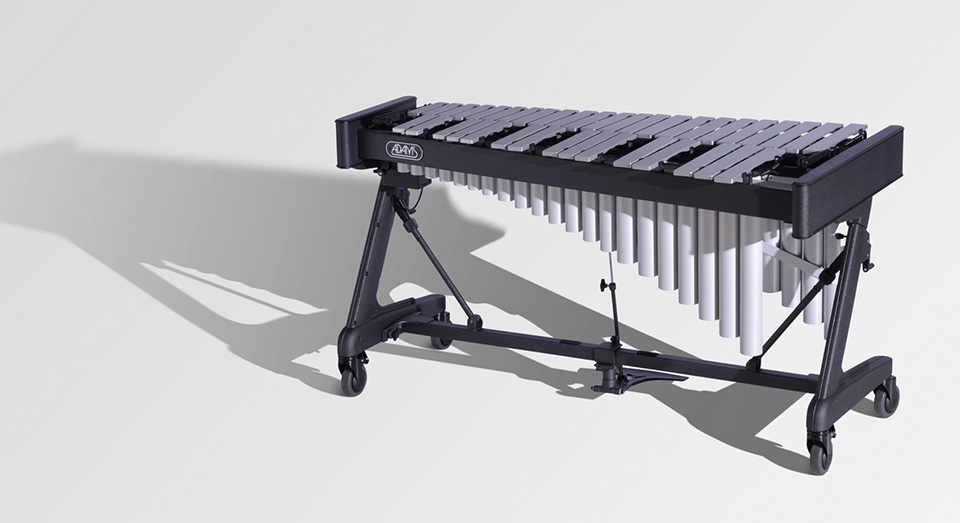
Emmanuel Séjourné is an internationally-known percussion specialist, who is currently Head of Percussion at the Conservatoire de Strasbourg. He is also a composer (obviously) and writes in an approachable tonal style influenced by Western classical music styles as well as jazz and rock music. Like Martinů, he has written a staggering amount of music, including several percussion concertos and works for theatre, television and radio. This concerto was composed in 2012 and was commissioned by the Bulgarian percussionist Tatiana Koleva.
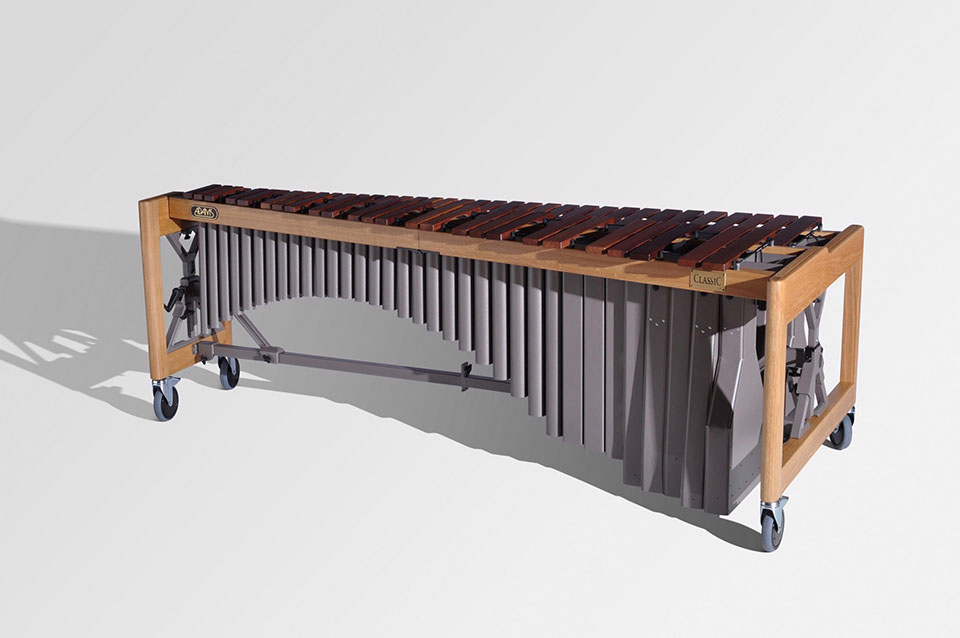
The jazz influence is prevalent during the first movement, with long sections of improvisatory-style playing on the vibraphone. There’s fine ensemble playing between the two soloists and plentiful use of percussion instruments in the orchestral part. The second movement (08:36) opens with a fragmentary melody on the solo cello, which is taken up by the strings. There are many tremolo effects on the marimba and jazz-like improvisations on the vibraphone. Elina Endzele gives an expressive performance in which the music leads into sultry, moody episode of dark harmonies and swaying, gentle rhythms which later morph into a curious French-style waltz. The third and final movement (20:08) begins with a persistent ostinato on the marimba: an irregular rhythmic repeated pattern that dominates the entire movement. It is engaging music, although somewhat repetitive at times, but it’s superbly performed and offers a fascinating glimpse into the composer’s eclectic musical style.
It would be immensely satisfying to tell you that Emmanuel Séjourné also wrote the theme music for the television coverage of the Tennis Championships at Wimbledon, thus creating a pleasing literary symmetry to this story. But unfortunately, he didn’t.
